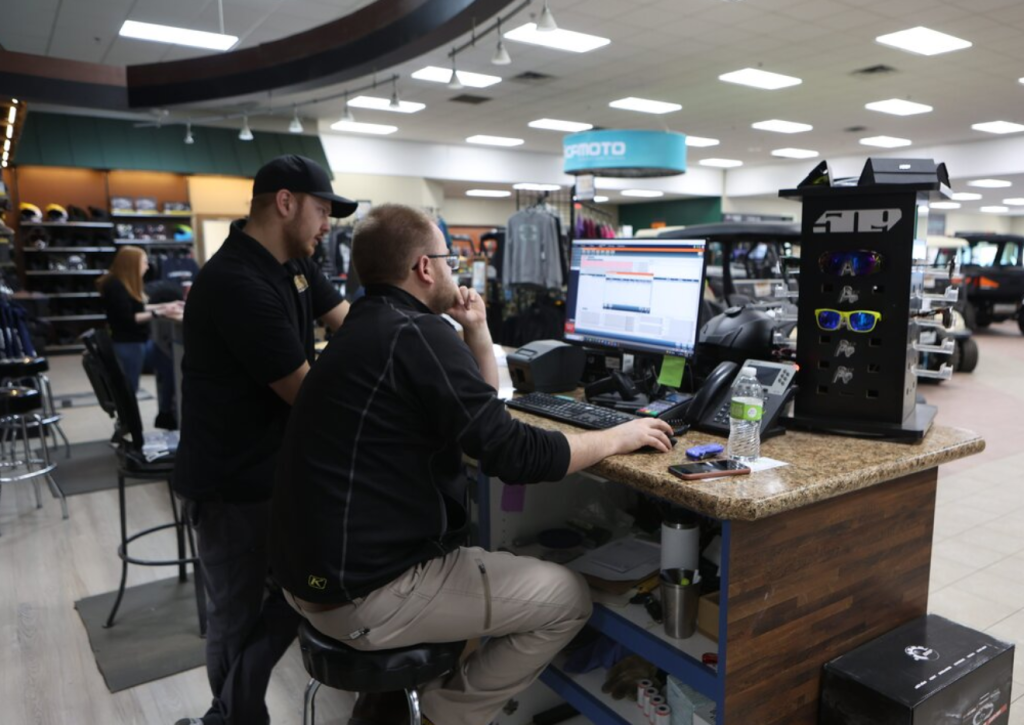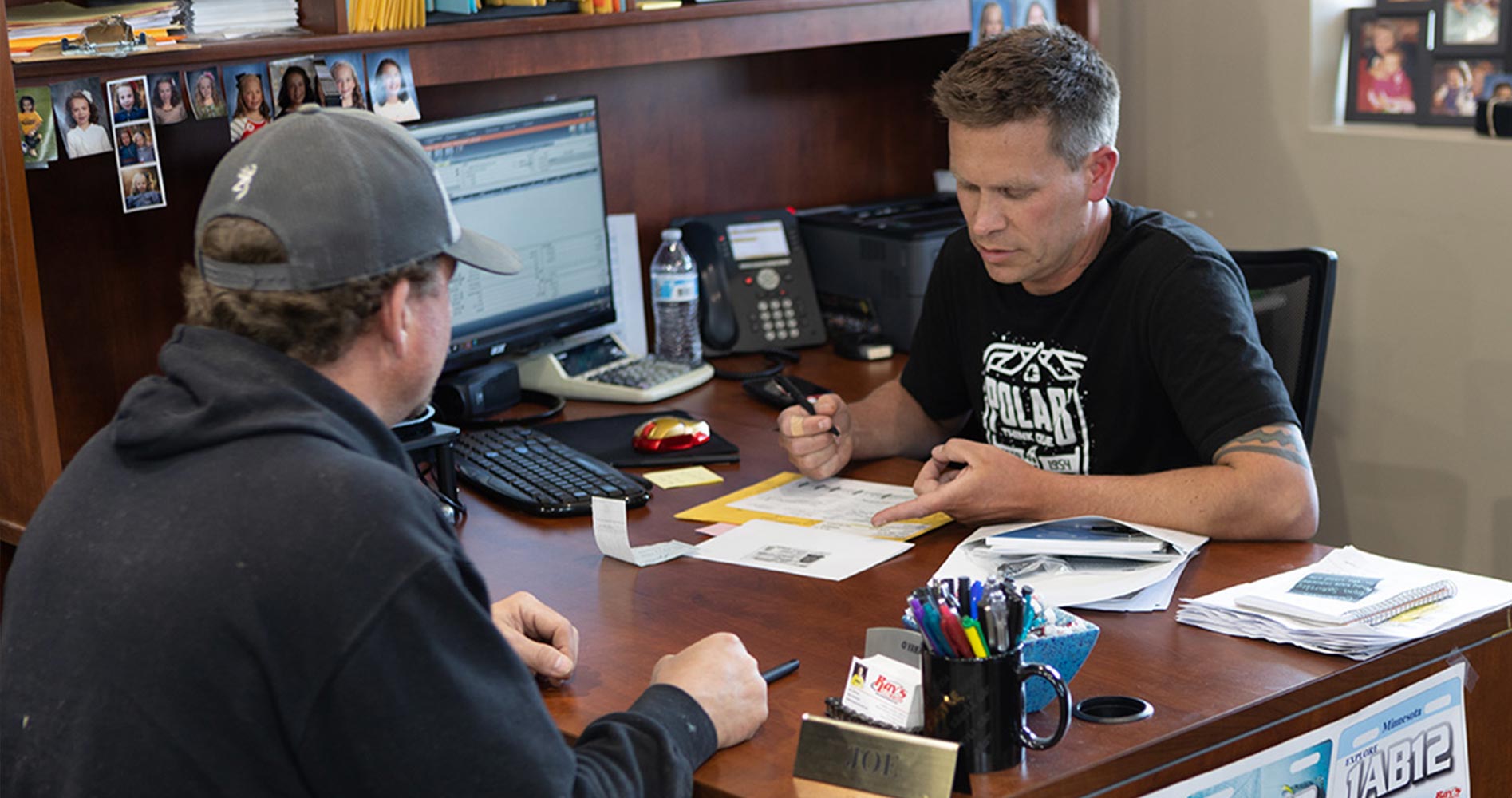There’s something our Chief Marketing & Product Officer said in a recent meeting that I can’t stop thinking about:
“I’ve asked the team to start coming to us with the problem, not the solve.”
And honestly? It stuck with me because it’s the opposite of how most of us operate. Myself included.
In fast-paced environments like marketing, product, and dealership life, we feel pressure to have the answer. To walk in with a plan, a proposal, a fix. But when we do that, we often short-circuit the most powerful part of the process: collaboration.
When you come in hot with “Here’s what we need,” you might be solving the wrong problem. You might be skipping the conversation that would’ve led to a better outcome. And even worse, you’ve shut the door on the kind of team engagement that makes solutions stick.
Bringing the problem invites more minds to the table.
It sounds simple, but it changes everything:
- Instead of saying, “We need a new ad campaign,” you say, “Our audience isn’t converting. Why do we think that is?”
- Instead of, “We need a new report,” you say, “I can’t easily see which units are turning the fastest. What are my options?”
- Instead of, “We need more techs,” you say, “Jobs are piling up. What’s really clogging the service lane?”

This isn’t about indecision. It’s about alignment. It’s about taking a beat to make sure we’re not just acting fast. We’re acting smart.
This mindset shift works in every aspect of life.
Whether it’s parenting a teenager, troubleshooting a campaign, or running a service department, it creates space for better thinking, clearer communication, and stronger solutions. It tells your team: I trust you enough to build this with me.
In a dealership setting, this is a game-changer.
We’ve seen this firsthand. The dealers who get the most out of Lightspeed are the ones who come to us with real problems and not just a wishlist. “We’re double-entering data across systems.” “Parts are going out the door without being billed.” “Service jobs are falling through the cracks.”
When we hear the actual pain points, we can help fix the actual process. Whether it’s with an integration, a new workflow, or simply better training; we can get to the right solution, together.
So, if you’re leading a team (or part of one), here’s your nudge:
Don’t bring the solve. Bring the problem.
That’s where better ideas and better outcomes start.

